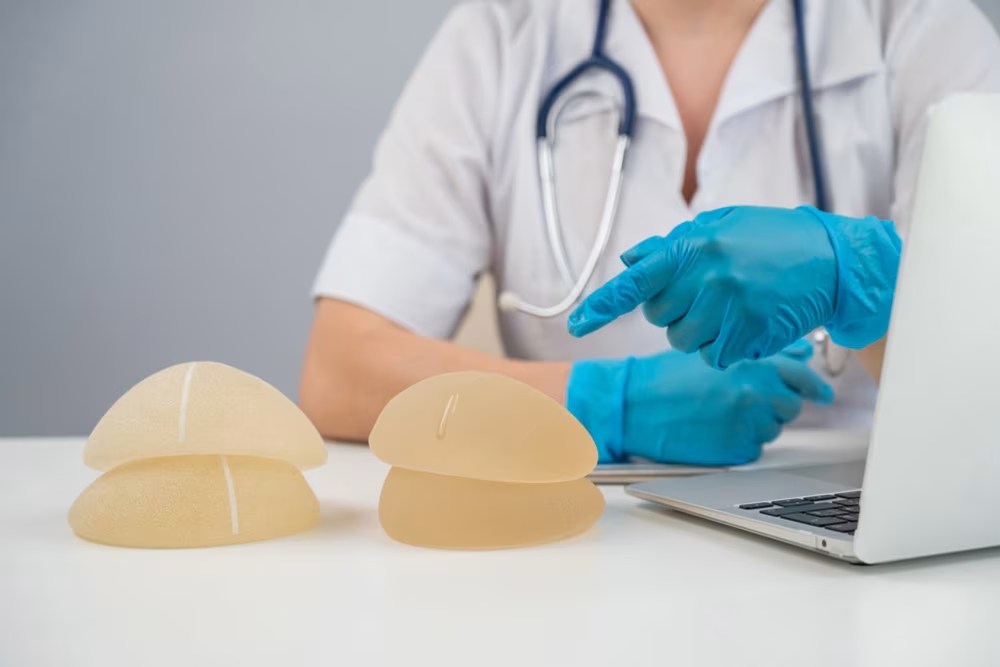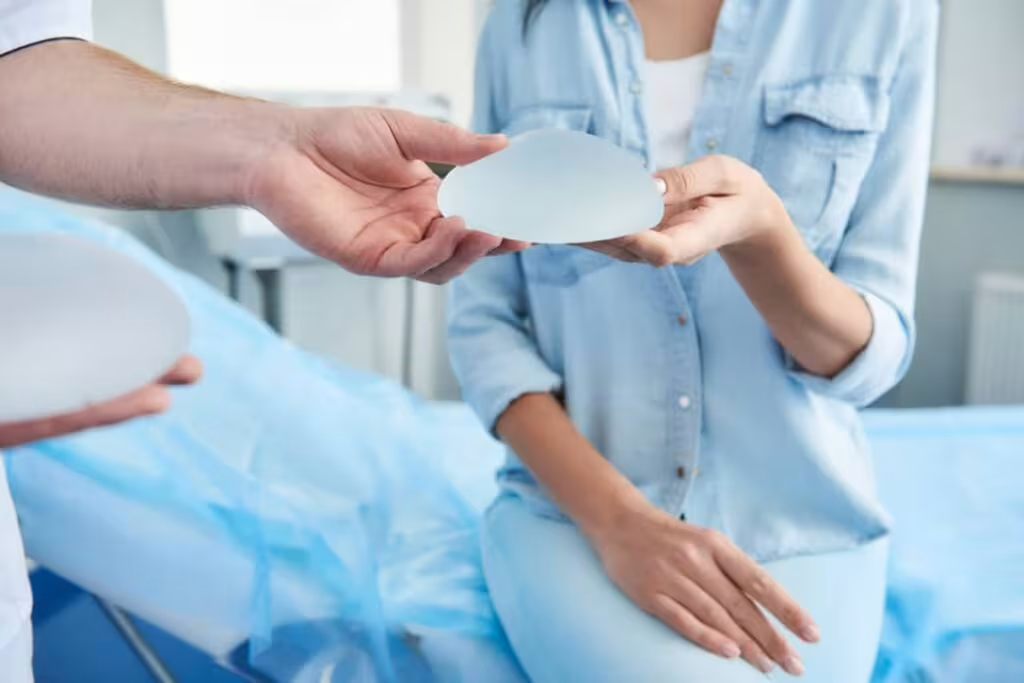For many years, breast augmentation surgery has been among the most commonly requested cosmetic procedures. In recent years, an increasing number of women have decided to undergo the removal of their breast implants. This decision can be influenced by various factors, ranging from personal preference to medical complications.
In this article, we will discuss the top six reasons why women choose to remove their breast implants.

Breast Implants and Their Popularity
Breast implants have been a staple of cosmetic enhancement since the 1960s. They offer a way for women to achieve their desired breast size and shape, boosting self-confidence and improving body image. There are two main types of breast implants: saline and silicone. Saline implants are filled with sterile salt water, while silicone implants are filled with a plastic gel. Both types have a similar outer shell made of silicone.
Breast augmentation with implants remains a popular option for many women. According to the American Society of Plastic Surgeons, over 280,000 women underwent breast augmentation surgery in 2019 alone. Whether for reconstructive reasons following a mastectomy or purely for aesthetic preference, breast implants have been a valuable option for many women.
Why Do Women Remove Their Implants?
While breast implants can provide a boost in self-esteem and body confidence, they are not without their potential complications. There are several reasons why a woman may choose to have her implants removed, ranging from personal reasons to health concerns.
Breast Implant Complications
One of the primary reasons to remove breast implants is complications related to the implant itself. Complications can include implant rupture, shifting or rotating of implants, and capsular contracture.
A rupture occurs when the shell of the implant breaks or tears, causing the saline or silicone to leak into the capsule surrounding the implant. This can lead to changes in the size or shape of the breast and may require removal of the implant.
Implant shifting or rotation can also be a cause for removal. This can occur due to trauma, or because of body changes with weight gain, pregnancy or the aging process. If an implant shifts significantly, it can alter the appearance of the breast and cause discomfort.
Infections related to breast implants, though rare, can also occur. If an infection develops, it is usually within the first six weeks after surgery. If antibiotic treatment is unsuccessful, explantation may be necessary to clear the infection.
Capsular Contracture Condition
Capsular contracture is a condition where the natural scar tissue capsule that forms around the implant hardens and contracts. This can result in discomfort and distortion of the breast shape. For some women, the pain and discomfort associated with capsular contracture are enough to prompt the decision for breast implant removal.
Desire for a More Natural Look and Feel
Some women may choose to remove their breast implants as their aesthetic preferences change over time. They may desire a more natural look and feel, which can be achieved by removing the implants. This decision is often influenced by changes in body image perceptions and societal trends towards more natural body shapes and sizes.
Long-Term Cost of Breast Implants
Another factor that may lead women to consider breast implant removal is the long-term cost associated with maintaining the implants. Breast implants are not lifetime devices and may need to be replaced every 15 to 20 years or even sooner if complications arise. The cost of replacement, coupled with regular MRI screenings (recommended for those with silicone breast implants to detect potential leaks), can add up over time.
Therefore, the financial aspect can be a significant reason for some women to opt for removal of their implants.
Breast Cancer Diagnosis
Breast cancer diagnosis can sometimes lead to the removal of breast implants. This is because the presence of implants can interfere with the treatment process, and their removal is crucial to ensure that all cancerous breast tissue can be adequately addressed and treated.
After the successful elimination of cancer, new implants can be placed during breast reconstruction surgery if the patient wishes. However, some women may choose not to replace their implants after defeating breast cancer, instead choosing to embrace their natural bodies.
Breast Reconstruction Surgery
Breast reconstruction surgery is an option for women who have undergone mastectomy or lumpectomy. This procedure aims to restore the shape, size, and natural appearance of the breast, helping women regain self-confidence and quality of life.
There are two main reconstruction types: implant-based uses saline or silicone implants to create a new breast shape, and autologous uses the patient’s own tissue to form a new breast mound. The choice depends on the individual’s health, body type, and personal preferences. Breast reconstruction can be performed at the same time as the cancer surgery or delayed until a later date, depending on the individual circumstances.
No Longer Desire For Breast Implants
Some women may simply no longer desire to have breast implants. This could be due to a variety of reasons, including lifestyle changes, age, or a shift in personal preferences. For instance, as women age, they may find that their implants no longer align with their self-image, or they may wish to avoid the ongoing maintenance and potential complications associated with implants.
Others may find that their implants interfere with physical activities or cause physical discomfort. In such cases, women may choose to have their implants removed to improve their quality of life.
What Happens After Removing Breast Implants?
Post-implant removal, some women may choose to undergo a breast lift to address any sagging skin or tissue. This procedure can help restore the breasts’ natural shape and can be a suitable option for those who wish to enhance their breast appearance without implants. However, individual experiences post-explant surgery can vary based on factors such as age, health, and skin quality.
After surgery, certain activities, such as driving, should be avoided for the first one to two weeks. Tenderness or soreness may last up to six weeks. However, many women report relief from symptoms associated with Breast Implant Illness (BII), such as fatigue, brain fog, joint pain, and dry eyes, after having their implants removed.

Schedule a Consultation for Breast Implant Removal
The decision to remove breast implants is deeply personal and should be made in consultation with a qualified, experienced plastic surgeon. Each individual’s journey is unique, and it’s crucial to remember that there’s no right or wrong choice—only the choice that best suits your health, comfort, and personal preference.
For more information or to schedule a consultation for breast implant removal, please contact Dr. Paul Vitenas at Vitenas Cosmetic Surgery at 281-484-0088 or fill out our online contact form. We are dedicated to providing personalized care, starting from the first office visit and continuing through the entire patient journey.
